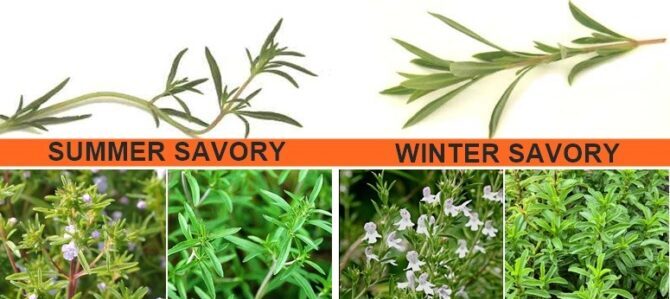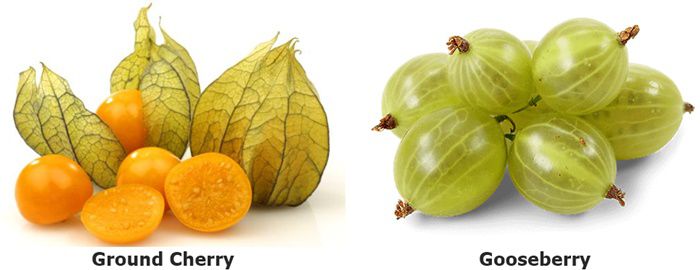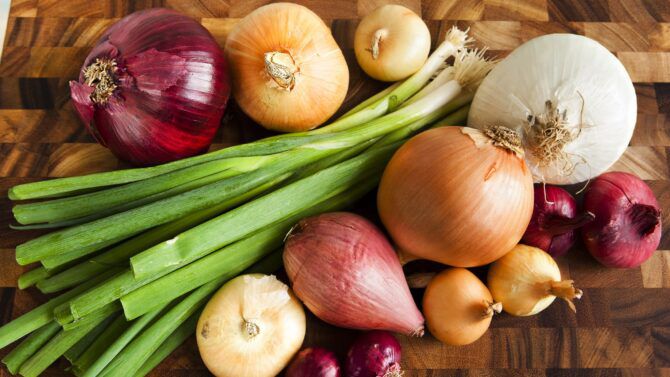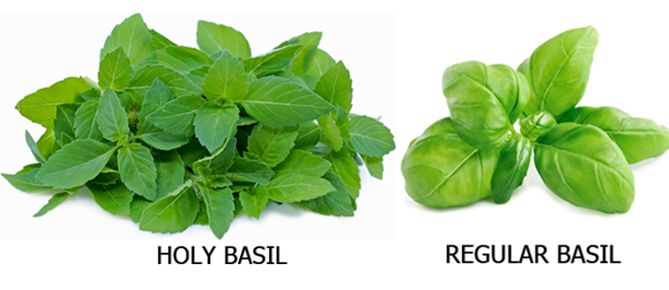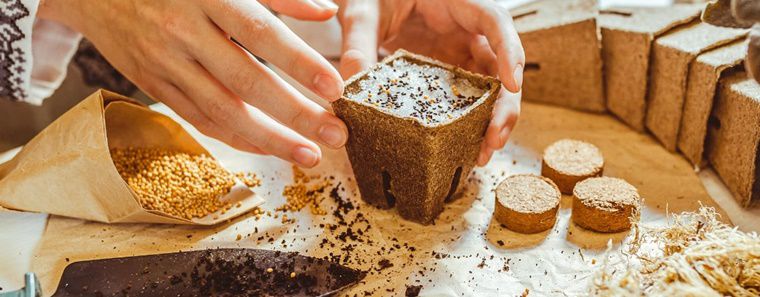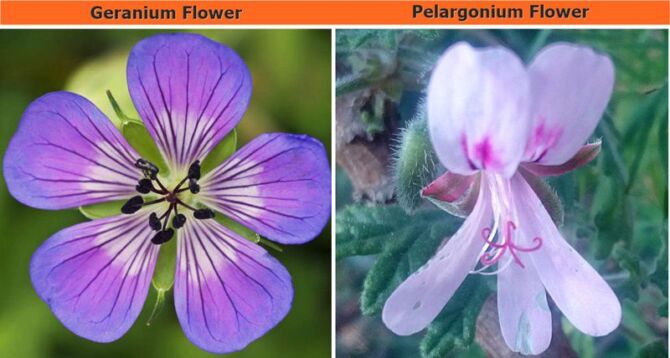Gardening Tips
Winter Savory vs Summer Savory
Winter Savory vs Summer Savory – All about the Savory Herb.
Savory is native to southern Europe and the Mediterranean region where it has been used in food preparation for more than 2,000 years. Savory was the strongest spice available in Europe until black pepper became available from Asia.
There are two main varieties of Savory herb, namely Winter Savory (Satureja montana) and Summer Savory (Satureja hortensis). Winter savory is much stronger in flavor than summer savory. It also looks different than summer savory. Both have notes of marjoram, thyme, and mint.
Winter Savory vs Summer Savory – What is the difference?
Winter savory (Satureja montana)
- It is also known as mountain savory, creeping or Spanish savory.
- It is a perennial, semi-evergreen herb in the family Lamiaceae, native to warm temperate regions of southern Europe, the Mediterranean, and Africa.
- It has dark green leaves and summer flowers ranging from pale lavender, or pink to white.
- The aromas of winter savory, are reminiscent of the winter season, with hints of sage and pine.
- It is a hardy plant, growing in rocky outcrops of the Mediterranean (thus its name, “montana,” meaning “mountain.”)
- Winter savory can be harvested and used after summer savory has died back and will provide fresh leaves into early winter.
- Use winter savory to complement salads, especially bean, lentil, and potato salads, dried bean dishes, and stuffings. (The German word for savory is Bohnenkraut, which means “bean herb.”)
- Winter savory also can be used to season sausages, lamb, pork, game and other long-cooking meat dishes and oil-rich fish such as eel and mackerel.
- Use perennial winter savory in salads, soups, dressings, sausage, roast poultry, fish, beef and braised meats, pork, and bean dishes.
- Use dried or fresh winter savory to flavor crumbs for breading meat, fish, or vegetables
Summer savory (Satureja hortensis)
- Summer Savory is an annual, usually grown from seed.
- It is sweet and spicy smelling herb, lighter in flavor than winter savory.
- Summer savory is a delicate plant with small, light green leaves.
- It is one of the most popular herbs in Acadia, a region along the Atlantic coast of Canada, used in traditional dishes and holiday cooking.
- It is one of the herbs in herbes de Provence (along with rosemary, thyme and oregano) used to flavor meat, fish, eggs, soup, beans, peas, and lentils.
- Chopped finely, summer savory can be added to cheese dishes, egg dishes, fish soups, and summer vegetables. Add it lightly—just one or two leaves–until you are familiar with its strength.
- Summer savory is good for those on a salt-free diet.
- Use annual summer savory to flavor meat, fish, eggs, soup, beans, peas, and lentils. Finely chop summer savory to season omelets, scrambled eggs, and deviled eggs.
Disclaimer
Medicinal Information:
All medicinal information on this website is for educational and informational purposes only and may not be construed as medical advice. The information is not intended to replace medical advice or treatment offered by healthcare professionals.
Seeds, Plants, Plant Cuttings, Geophytes and Dried Herbs:
In some countries and provinces, certain plants are deemed as invasive and are not allowed to be planted at all, whilst some plants are allowed to be grown only in certain areas or provinces. The onus is on you as the buyer to familiarize yourself with the regulations pertaining to your location, before purchasing any of our seeds, plants, plant cuttings, geophytes or dried herbs. We will not be held liable, should you purchase any seeds, plants, plant cuttings, geophytes or dried herbs. from us which are prohibited in your country or province.

